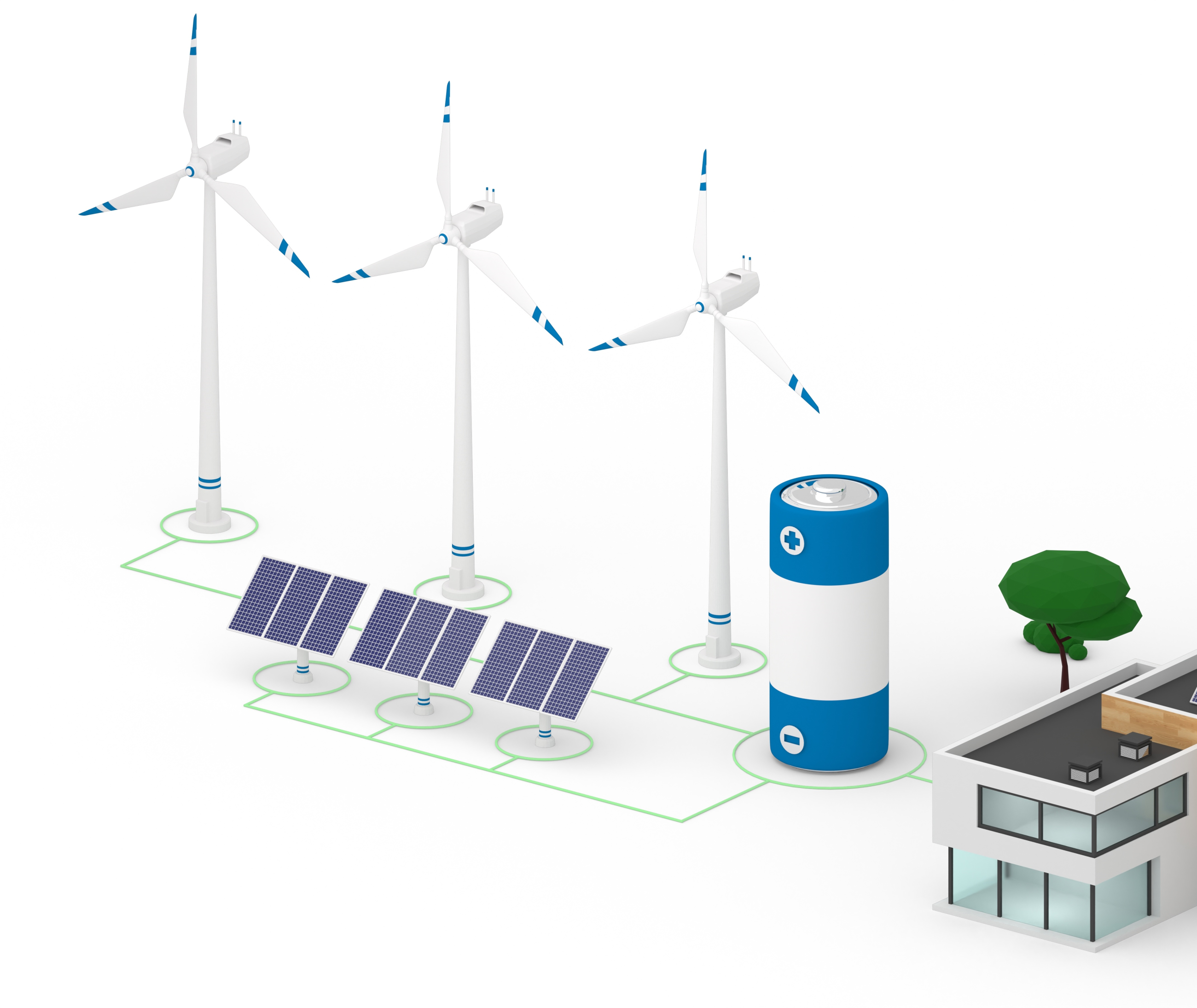Renewable energy sources such as solar and wind produce electricity intermittently. To ensure a reliable grid that can deliver power around the clock, promising technologies like hybrid flow batteries are needed to store the electricity when it is not sunny or windy. At the core of these batteries are liquid electrolytes that typically contain dissolved metals that react to release or store electrons resulting in depositing and stripping of metal at the surface of the electrode. Their behavior depends on whether the battery is charging or discharging. Metal deposition and stripping behavior in these flow energy storage systems are limited due to the capacity of the electrode and flow structural features. The state-of-the-art technologies include planar electrodes or foam/felt electrodes, which all have limitations. Planar electrodes have limited storage capacity due to low surface areas. Foam and felt (typically carbon) electrodes have electrolyte flow and ion transport issues with internal clogging during charging process (metal deposition) as well as uncontrolled bulk part dissolution during discharging (metal stripping). These electrodes also have poor reaction kinetics for metal deposition and stripping. Thus, there is a need for novel porous electrodes that can perform better than currently available electrodes for hybrid flow batteries.
LLNL researchers have designed and produced, both conductive and non-conductive porous electrode components manufactured for improved metal deposition, discharging, and fluid dynamics in hybrid flow batteries. This is achieved through Direct Ink Writing (DIW) additive manufacturing. The engineered 3D electrodes enable uniform current distribution and even metal deposition during charging while also allowing smooth metal stripping during discharging by overcoming metal cluster dissolution. The electrode’s superior performance thus leads to an increased discharging capacity and higher current densities. Moreover, liquid battery electrolyte would be able to move through the 3D engineered porous structures that are tuned to improve flow.
LLNL’s 3D printed engineered electrodes and flow structures improve metal deposition and stripping processes, reaction kinetics, efficiency and storage capacity. The novel electrode’s superior performance is due to its ability to:
- Provide even current distribution
- Minimizes non-uniform metal deposition during charging
- Mitigate unwanted erosion during discharging by overcoming metal cluster dissolution
- Improve flow for battery electrolyte
The electrode was designed for hybrid flow batteries but it can also have applications in electrolyzers and batteries.
Current stage of technology development: TRL 3
LLNL has filed for patent protection on this invention.


